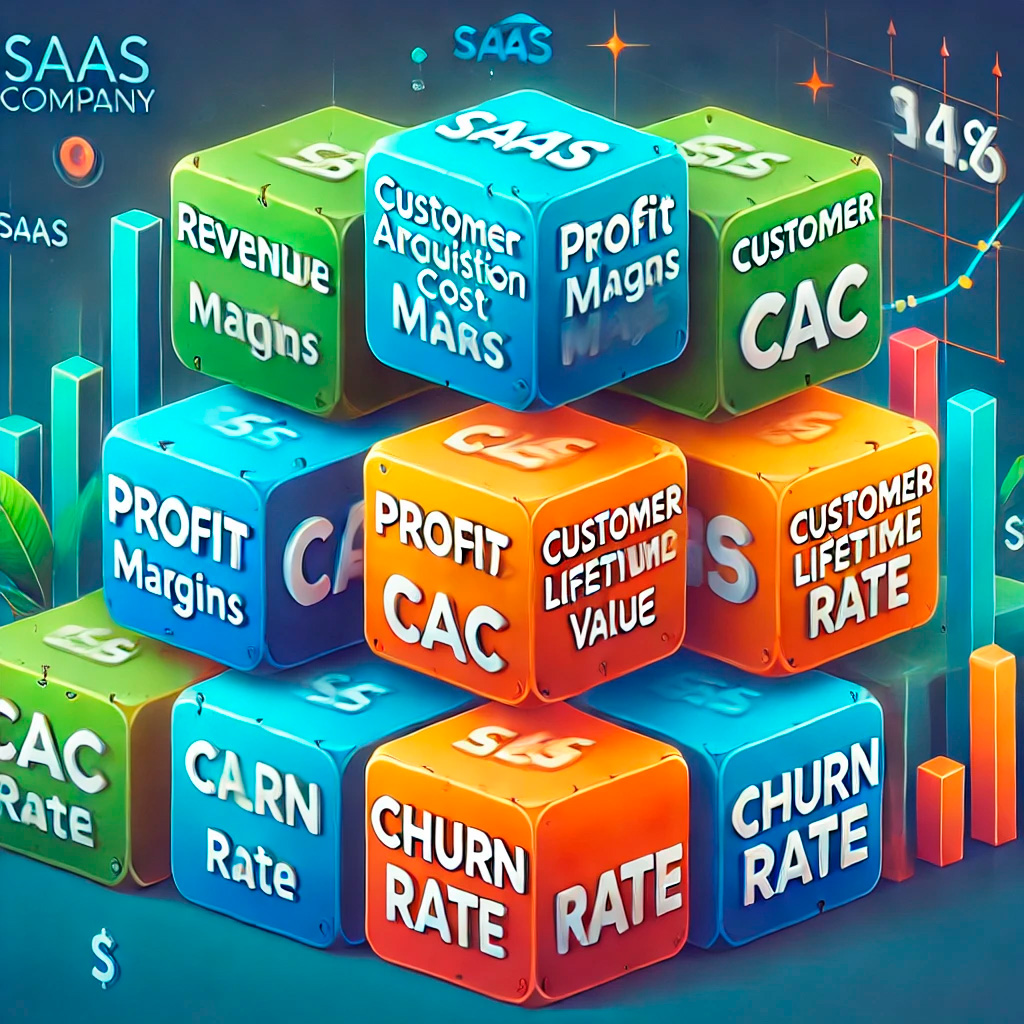
What Are Unit Economics in SaaS?
Unit economics in SaaS focuses on understanding the revenues and costs associated with a single customer over their lifecycle. It’s the cornerstone of financial health for SaaS businesses.
Key SaaS Metrics for Unit Economics
- Customer Acquisition Cost (CAC): How much it costs to acquire a new customer.
- Customer Lifetime Value (LTV): How much revenue a customer generates over their entire relationship with your business.
- Average Revenue Per User (ARPU): The average monthly revenue per user.
- Churn Rate: The rate at which customers cancel their subscriptions.
Why Unit Economics Matter in SaaS
Understanding SaaS unit economics is crucial because:
- It ensures long-term viability: Are you building a sustainable business model?
- It guides pricing and features: Align prices and offerings with profitability.
- It informs targeting: Focus on profitable customer segments.
- It attracts investors: Healthy unit economics signal a scalable business.
Unit Economics Example
Imagine you’re running a project management SaaS:
- Monthly subscription price (ARPU): $50
- Average customer lifespan: 24 months
- Cost to acquire a customer (CAC): $500
- Monthly cost to serve a customer: $10
Your unit economics would look like this:
- LTV: $50 x 24 = $1,200
- Total cost per customer: $500 + ($10 x 24) = $740
- Profit per customer: $1,200 – $740 = $460
Key Ratios in SaaS Unit Economics
SaaS businesses often focus on these ratios:
- LTV/CAC Ratio: Should ideally be 3:1 or higher. In our example: $1,200 : $500 = 2.4:1 (needs improvement).
- CAC Payback Period: How long it takes to recoup CAC. In our example: $500 / ($50 – $10) = 12.5 months.
Applications of SaaS Unit Economics
Here’s how SaaS companies use unit economics:
- Pricing decisions: Ensuring subscription prices lead to profitable unit economics.
- Feature development: Prioritizing features that increase ARPU or reduce churn.
- Marketing strategies: Balancing CAC with expected LTV for different channels.
- Customer success: Investing in reducing churn to improve LTV.
Common Pitfalls in SaaS Unit Economics
Beware of these mistakes:
- Underestimating CAC: Remember to include all acquisition costs, like sales salaries.
- Overestimating LTV: Ignoring churn can inflate lifetime value.
- Neglecting expansion revenue: Upsells and cross-sells can significantly boost LTV.
- Ignoring time value of money: Discount future revenue to account for its present value.

Leave a Reply